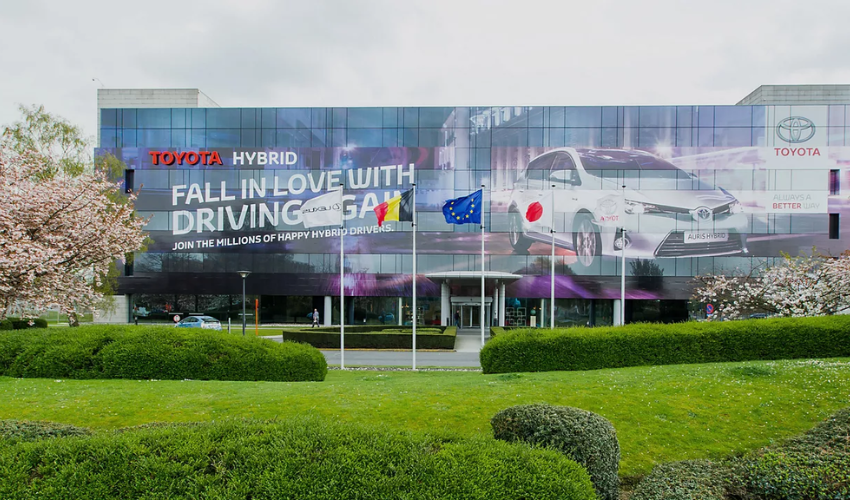Toyota Europe Pioneers Record-Breaking 3D Printed Die Casting Tool

3D printing in the automotive industry has long been celebrated for its role in prototyping. Designers are able to iterate quickly, engineers can test fit and form, and the industry can experiment without cutting steel. However, with Toyota Europe’s latest milestone, supported in part by MacLean-Fogg and Fraunhofer ILT, the game has changed. Additive manufacturing continues to evolve the very tools that shape cars rapidly.
Toyota Europe successfully tested and validated the largest nearly solid 3D printed die casting insert to date. It is a 156 kg (350 lb) block specially built for the Yaris hybrid transmission housing. It was printed with MacLean-Fogg’s patented L-40 tool steel powder on Fraunhofer ILT’s multi-laser gantry LPBF system, and the insert represents not just a leap in scale but also a shift in purpose. Designed for industrial use, the insert is capable of enduring the harsh operating conditions of die casting.

Photo Credit: MacLean-Fogg
“Gantry printing with L-40 tool steel powder material, a promising avenue towards scalable additive manufacturing, is opening the potential for metal 3D printing to reduce lead times and to realize more responsive manufacturing,” said Dr. Magdalena Coventry and Dr. Andrew Willett of Toyota Europe. This points to a new reality in industry, where 3D printing is not only shaping design but also actively reshaping how manufacturing is approached.
The L-40 powder is central to this new achievement. It was developed specifically for additive manufacturing and resists cracking. It also doubles the lifespan of conventional die-casting inserts and avoids the need for heavy post-build treatments. For the automotive industry, which has long been reliant on hardened steel and months-long tooling cycles, the implications are profound. Faster inserts can mean faster launches, with more durable materials meaning fewer interruptions. This localized production helps Toyota Europe maintain a greater supply chain resilience.

Photo Credit: Toyota Europe
“This was precisely our motivating factor to develop the gantry system,” explained Dr. Niklas Prätzsch of Fraunhofer ILT. “L-40’s unique attributes make it possible to perform large-scale additive manufacturing of tooling inserts at lower temperatures without compromising quality.” In other words, it is not just the size of the insert that matters, but the fact that it proves scalability and efficiency at once.
In meeting Toyota’s challenge, MacLean-Fogg and Fraunhofer ILT have demonstrated something larger than a 350-pound insert. This showcases how 3D printing has finally crossed the line from a design tool to a production tool, a place at the very core of how vehicles are built.
How do you feel about this new development? Let us know in a comment below or on our LinkedIn or Facebook pages! Plus, don’t forget to sign up for our free weekly Newsletter to get the latest 3D printing news straight to your inbox. You can also find all our videos on our YouTube channel. If you are interested in more 3D printing news in the automotive and transportation sector, visit our dedicated page HERE.
*Cover Photo Credits: Toyota Europe







